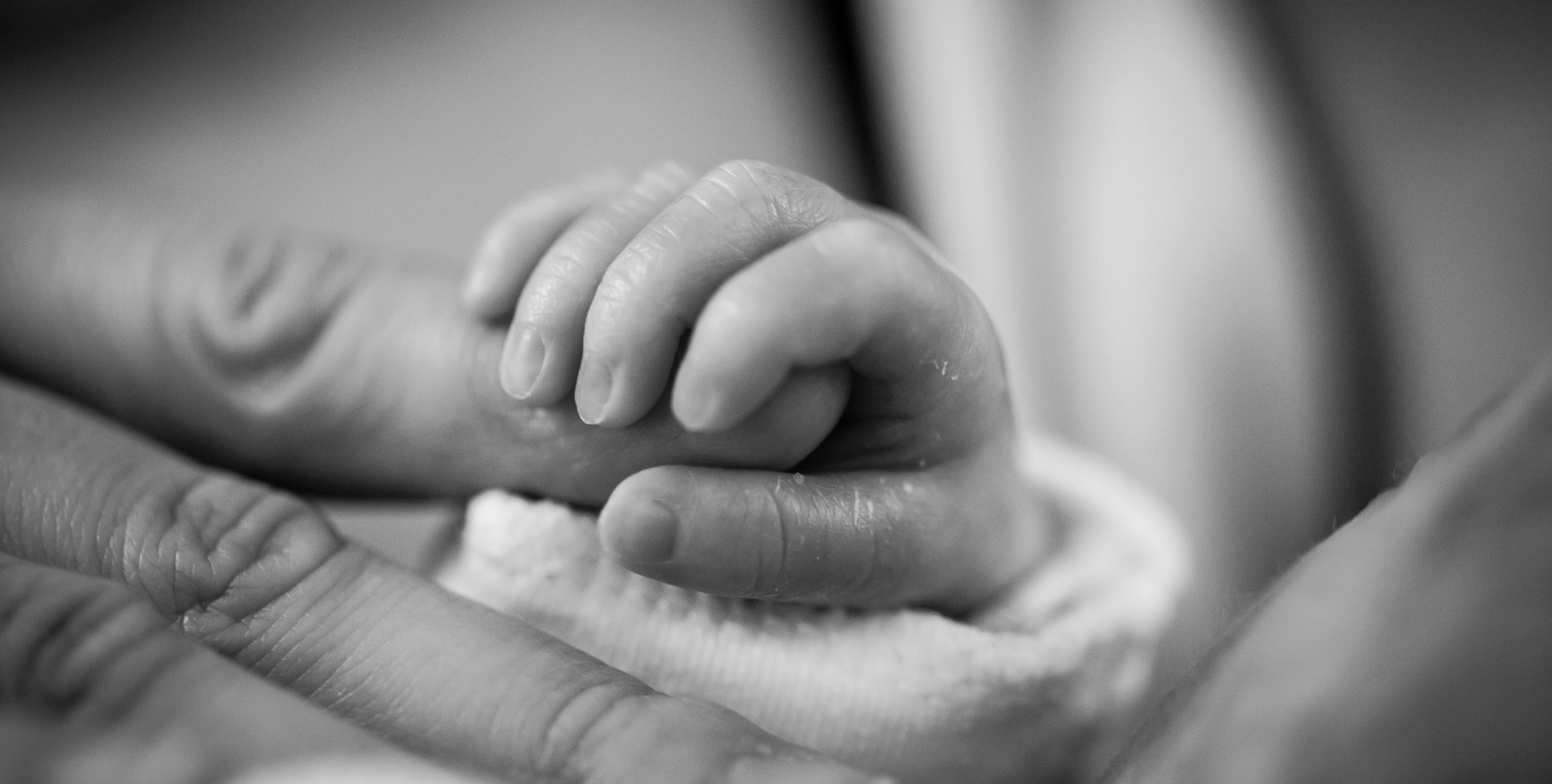
One in two birthing parents in Australia experience birthing trauma (K Watson, 2021) leading to extensive, and often silent, suffering that impacts all aspects of their lives. Policy makers need to face this crisis head on and invest in access to pelvic health physiotherapy services. Presently, the escalating demand for physiotherapy services during and post pregnancy dramatically outweighs the access and funding available, leaving new parents without access to essential preventative and therapeutic healthcare, crucial for significantly reducing birth trauma.
This crisis is documented in the Australian Physiotherapy Association (APA)’s newly released Physiotherapy and Birth Trauma position statement, which coincides with this year's International Women's Day theme, ‘Count Her In: Invest in Women. Accelerate Progress.’ The APA is calling for government action to support the thousands of Australian parents affected by birth trauma each year and fund critical pre- and post-natal physiotherapy treatment.
Leading women’s health physiotherapist Catherine Willis said birthing parents have missed out on treatment for birth trauma – injuries and symptoms that include sexual and pelvic pain, incontinence and pelvic organ prolapse – for too long.
"Birth trauma has a significant impact on family, social and intimate relationships, and participation in daily activities and the workforce – yet is rarely covered in mainstream media or discussed publicly. It’s the silent epidemic,” Ms Willis said.
“The demand for these highly qualified pelvic health physiotherapists is skyrocketing, leaving so many new parents without the care they need due to lack of access. We are advocating for change that will see physiotherapy funded as a frontline service in maternal healthcare. The APA’s recommendations are based on strong evidence and the real need for support among birthing parents.
“Pelvic health physiotherapy is widely recognised as a crucial part of birthing care and is critical for identifying, preventing and treating birth trauma. We need to fund access through Medicare to this expert care to reduce avoidable suffering and costly invasive treatments," Ms Willis said.
“Almost half of birthing parents report they’ve experienced traumatic physical events, which can encompass enduring pain, dysfunction and rapidly declining mental health if not treated appropriately or effectively."
- The four key recommendations are aimed at integrating physiotherapy into women's healthcare more comprehensively:
Medicare funding for obstetric pelvic health physiotherapy: Advocating for Medicare-funded obstetric pelvic health physiotherapy consultations to support birthing parents before and after childbirth. - Investment in non-surgical management: Encouraging investment in the non-surgical management of physical birth trauma to improve health outcomes and reduce healthcare costs.
- Economic, health, and social impact modelling: Calling for research to understand the impacts of physical birth trauma and inform policy and funding decisions.
- Funding for the Australasian Birth Trauma Association (ABTA): Highlighting the need for government funding to support the ABTA in its mission to provide education and support for those affected by birth trauma.
"Ongoing long-term incontinence, prolapse and vaginal and lower back pain symptoms are some of the very real and lasting impacts of birth trauma for many birthing parents, which can severely affect every aspect of their life.
Physiotherapy plays a holistic role throughout pregnancy in examination, diagnosis, prevention and treatment of birth trauma, and addressing modifiable risk factors contributing to it. This includes educating patients about pain-related issues (for example, lower back or pelvic pain prevention and/or care); pelvic floor exercises to reduce or prevent birth trauma; and in providing prenatal exercise to minimise gestational weight gain and to promote maternal and offspring metabolic health.
“Pelvic health physiotherapy can decrease the risk of birth trauma. These treatments and supports must be funded so that all birthing parents have access to best practice birthing healthcare,” she said.
"By funding and prioritising women and birthing parents’ health through these recommendations, we can transform the landscape of maternal healthcare in Australia. It's not just about treatment; it's about empowerment, prevention, and ensuring that every birthing parent has access to the care they deserve.
The APA is committed to advancing women's health and urgently calls on government and healthcare providers to join in this crucial effort.
References
K Watson, C. W. (2021). Women’s experiences of birth trauma: A scoping review. Women and Birth, Volume 34(Issue 5), Pages 417-424. doi:https://doi.org/10.1016/j.wombi.2020.09.016v
For further information, please contact:
Manager, Media and PR
Tel: 03 9092 0838
Email: media@australian.physio
Related tags
